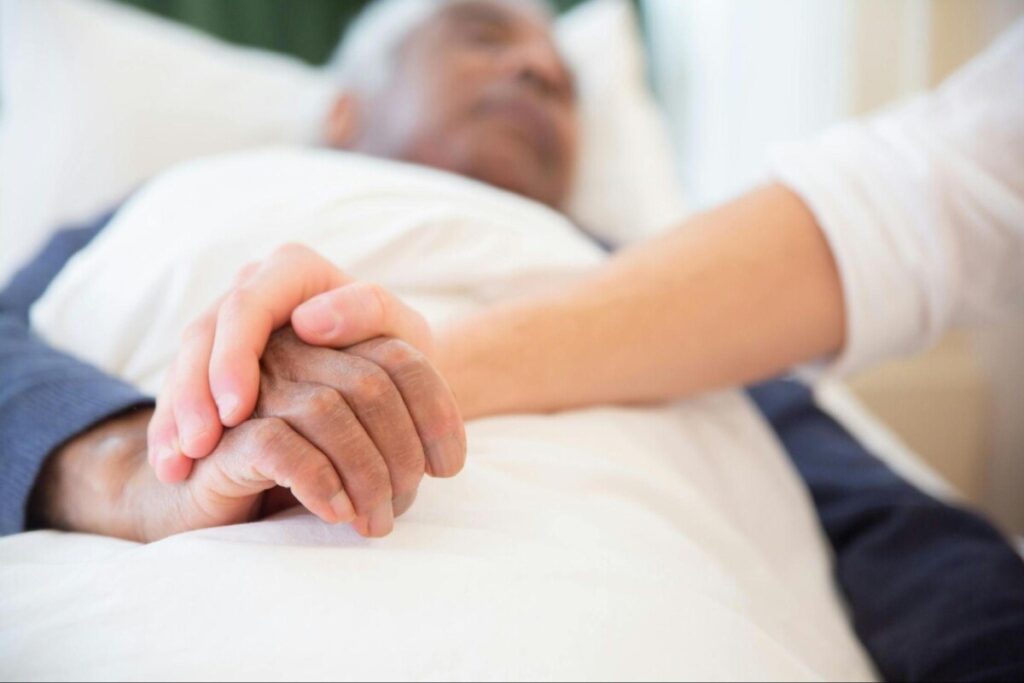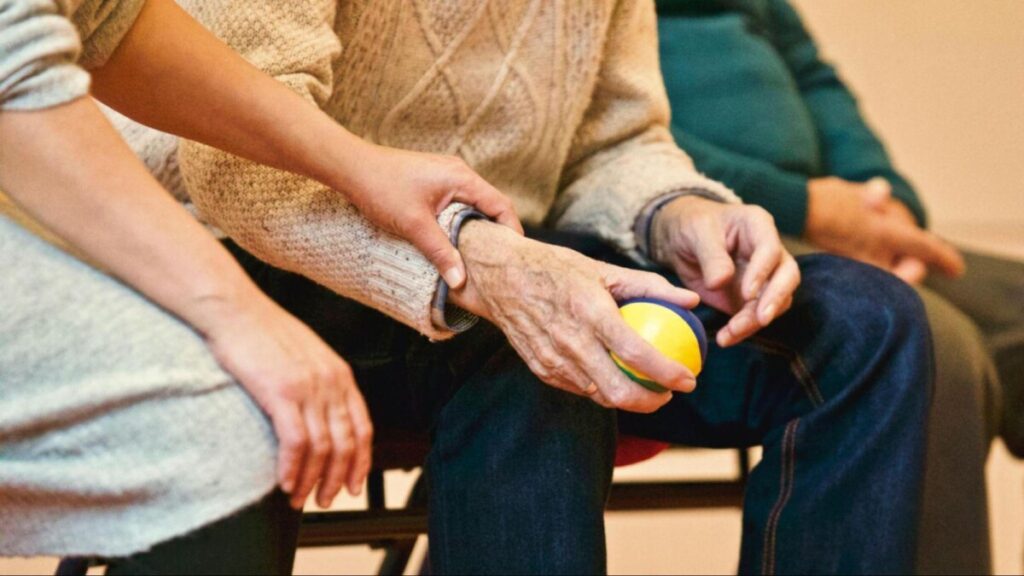Carrer
How Policy Changes Are Influencing Hospice Training Standards
Hospice care is a lifeline for people with terminal illnesses, offering comfort and support when it’s needed most. Lately, shifts in policy have been shaking up how caregivers get trained for these delicate roles. Governments and healthcare groups keep tweaking the rules to boost care quality, keep patients safer, and make sure hospice workers are up to speed on today’s medical and ethical expectations. It’s all trickling down to hospice training programs, certifications, and the whole way hospice education gets approached.

A Bigger Push for Well-Rounded Training
Training’s the backbone of getting caregivers ready to handle the physical and emotional sides of caring for someone at the end of life. Now, thanks to new policies popping up in many states, that training’s getting a lot deeper. Caregivers aren’t just brushing up on basics anymore—they’re diving into extra hours on stuff like pain relief, respecting patient dignity, and navigating end-of-life choices. It’s about making sure everyone in hospice can bring both skill and heart to the table.
Hands-on time is getting more attention, too. A lot of new rules say caregivers need more real-world practice in clinical settings before they’re certified. That means actually talking to patients, giving meds, and managing symptoms out in the field. It’s the kind of experience that builds confidence and sharpens the skills they’ll need when things get tough.
Palliative Care’s Taking Center Stage
Hospice and palliative care are two sides of the same coin, and new policies are leaning hard into that connection. Training’s beefing up on how to ease pain, calm nausea, or help with shortness of breath—those everyday struggles for patients. Plus, caregivers are learning about alternative therapies that can lift someone’s quality of life a bit.
Then there’s the emotional piece. Hospice workers are getting coached on how to talk—really talk—with patients and families, with empathy and clarity. That covers everything from explaining treatment options to breaking down what hospice does, even factoring in cultural differences around dying. It’s all to make sure they’re there for people in every way, not just the medical stuff.
Tougher Certification and Licensing Rules
Lots of states and organizations are tightening the screws on licensing. New policies are setting a bar for education and skill that everyone’s got to hit, cutting down on uneven care and aiming for better results for patients.
And it doesn’t stop once you’re in—ongoing education’s now a must for many. Think regular refresher courses to keep up with the latest in medicine and ethics. Training programs have to stay sharp on industry standards to keep their accreditation. It’s a way to keep hospice pros at the top of their game for the long haul.
Mental Health’s Getting Its Due
Looking after terminally ill folks takes a toll—on caregivers and families alike. New rules are stepping up, requiring mental health training for hospice workers. They’re learning to spot anxiety, depression, or grief in patients and step in with support, all while keeping a professional line.
It’s not just about patients, either. Burnout and compassion fatigue hit hard in this line of work, so policies are nudging organizations to offer mental health resources and self-care tips for staff. It’s about keeping caregivers steady and ready to give their best.
Tech Skills in the Mix
Technology’s creeping into hospice care more every day, and new policies are making sure caregivers keep up. They’ve got to get comfortable with things like electronic health records, telehealth, and digital monitoring tools—stuff that makes care smoother and teamwork tighter.
Telehealth’s a biggie now. Training’s adding lessons on running virtual check-ins, figuring out what patients need from afar, and using digital platforms to stay connected. It’s a game-changer for keeping care going when showing up in person isn’t an option.
Ethics and Legal Stuff Front and Center
Hospice work comes with some tricky ethical and legal calls. New rules are piling on training about patient rights, consent, and advance directives—how to stick to what’s right while honoring what patients and families want.
Legal compliance is getting sharper focus, too. States are cracking down with tougher guidelines to stop fraud and keep care practices clear. That means more education on documenting right, following billing rules, and locking down patient privacy. It’s all to keep hospice on the right side of the law as it changes.
Training Programs Under the Microscope
Regulators are watching hospice training closer than ever. New policies are pushing schools and employers to step up their game, with routine check-ins to make sure they’re hitting the mark. It’s about raising the bar across the board for hospice education.
On the flip side, hospice outfits have to keep tabs on their staff—tracking certifications and continuing ed credits. They’re on the hook to prove everyone’s up to date with the latest requirements. It’s a system to keep the whole team ready for whatever end-of-life care throws at them.

Wrapping It Up
Policy shifts are shaking up hospice training in big ways. They’re pushing for more hands-on practice, deeper palliative care know-how, and real support for mental health. Caregivers are facing stricter certification hoops and staying current on ethics, while tech like telehealth is forcing new skills into the mix. With regulators keeping a closer eye, training programs have to stay sharp. As the rules keep evolving, hospice education’s got to roll with it—meeting the needs of patients, families, and the folks doing the caring.














